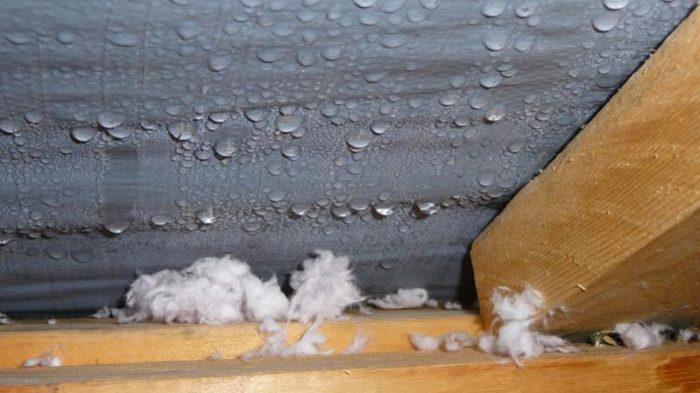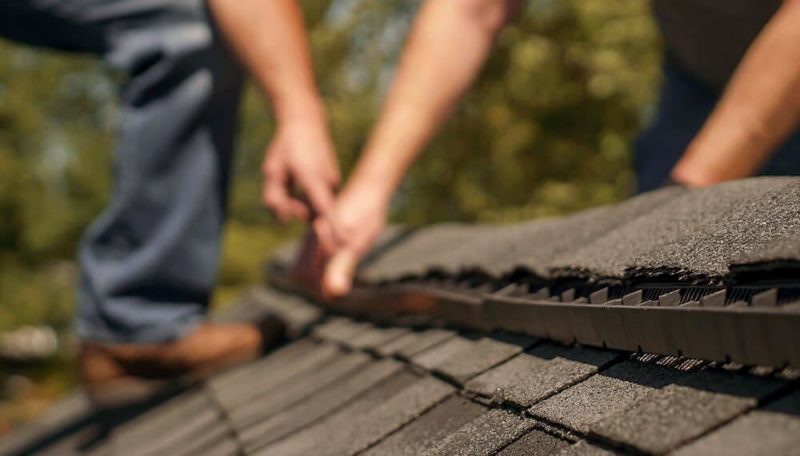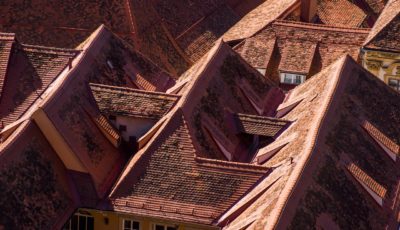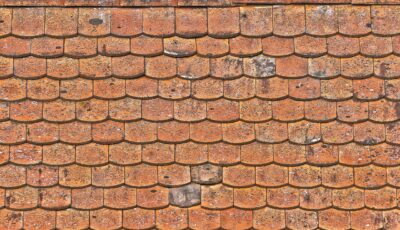What Is Attic Condensation, And Why Should You Be Worried About It?
Among the many problems that can plague a house, attic condensation is probably one of the least well known, despite the fact that its effects are familiar to homeowners across the country. If you have ever found black mould spreading on your ceiling, or noticed that your roof boards are sweating, there is a good chance that attic condensation is the cause.
Attic condensation occurs when warm air rising from a home’s living area escapes into the attic space, where the colder temperature causes it to condense along the bottom surface of the roof deck. Because the water has nowhere to go, it can cause the roof deck to rot, and it can drip down onto the attic floor and cause water damage to the ceiling.

Most houses are designed with a clear division between the insulated sections, which are meant to be climate controlled, and the envelope that protects this living area from the elements, which should be the same temperature as the outdoors.
Insulation is used to ensure that as little heat gets through the envelope as possible, but gaps, cracks, and inferior building materials can cause warm, vaporous air to get through. This is why it is important to ensure that high quality energy efficient insulation is installed to create a seamless barrier between inside and outside — especially along the attic floor.
Still, no matter how good the insulation is some heat is bound to escape, which is why proper ventilation is a vital part of any home design. In a well-vented attic, airflow from outside can dry the moisture and ensure that the roof deck stays cool and dry. This keeps the roof deck safe, and it also ensures that moisture won’t leak down to your ceiling to weaken the drywall and facilitate the spread of mould.
Unfortunately, many older houses do not have sufficient ventilation, and the ventilation they do have may not be up to the task of regularly circulating air through the whole attic. This is why homeowners who want to reduce the risk of attic condensation should hire roofing experts like Professional Roofers to install new ventilation systems to help improve airflow. The latest ventilation systems incorporate a variety of different vent types, from box vents and whirlybirds to innovative roof-ridge ventilation that is especially good at fighting attic condensation insofar as it ensures that any heat that does escape to the attic leaves safely through the house’s peak.
According to the insurance industry, water damage is one of the costliest problems that can effect a house, and also one of the most common. Protecting your home from water damage requires a multi-pronged approach from installing a modern plumbing system and regularly inspecting your appliances to ensuring the house has proper drainage and that the eaves troughs and downspouts are regularly cleaned.
Making sure that your attic floor is properly insulated and the attic itself is well ventilated are key steps in protecting yourself against the dangers of attic condensation, and the internal water damage it can cause.











